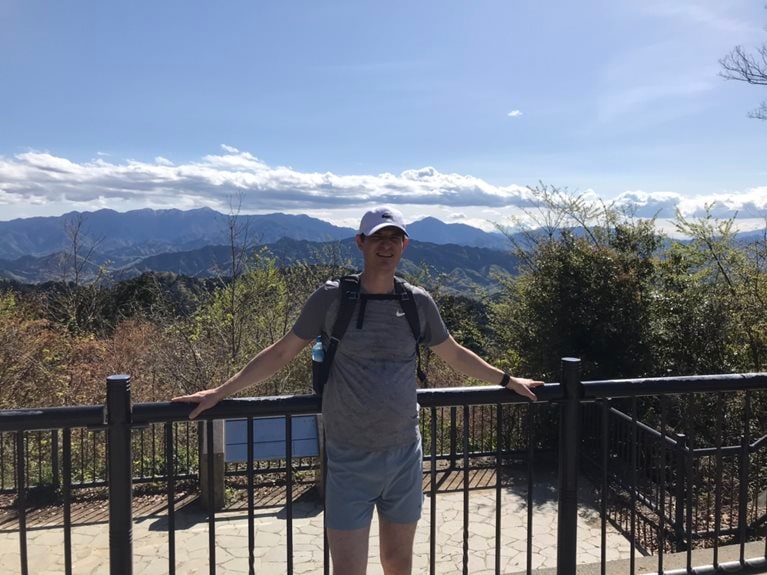At McKinsey, technology works within a larger context of organizational transformation. Our role isn’t limited to building technology–it includes everything that goes around it as well.
I started my career as a software engineer. I was part of the first group of full-stack developers in the early 2000s working on Java server pages and JavaScript at Motorola. Then, I went back to school for my master’s in computer science and joined Fujitsu, where I implemented machine learning at scale as a Hadoop engineer.
I grew frustrated that the exciting technologies at digital companies were not being utilized well by other industries. So, I joined McKinsey as a data engineer in Tokyo for the chance to work with business leaders and attack challenging technology problems for large organizations. At McKinsey, we use technology to frame the conversation.

Shaping tech strategy
My projects over the last few years have included an analytics platform to optimize operations in a mine; a data platform for a bank in India and a digital transformation for an airline, where we rebuilt the backend digital channel used by millions of customers.
Currently I’m on a team building a core data platform for data analysis and advanced analytics for a major south American banking group. The banking industry presents an interesting challenge because it relies heavily on legacy systems and is highly regulated but is under pressure from consumers to rapidly evolve services and integrate fintech.
We’re creating a centralized data system to collect data from all over the company in a well-defined, reliable, secure manner, then transform it in a data model suitable for the bank’s requirements. We can then leverage this data by building machine learning models that allow the bank to better service clients.
For example, data scientists could use this information to create a model that predicts what banking services a customer wants based on their use of the bank.
Another example is fraud detection. Traditional fraud detection techniques flag fraud based on past activity, so you’re always one step behind. Using advanced analytics combined with anomaly detection, we can learn what is normal, so it becomes easier to flag what is abnormal.
On this project I’m a data architect and part of the leadership team that connects with the client to understand their needs and challenges. I work closely with the bank’s CTO, who has a more traditional working style than I do. To build credibility, I held sessions with the bank’s top architect and the CTO to comb through the project details, to ask questions and to give them space to challenge our work. It was incredibly valuable for us to work together and establish trust.

My role as a data engineer
As a data engineer, I consider all the processes that bring technology to life, including the client’s operating model, leadership, recruiting and planning for situations like a security breach or adding new models. I also take on solution delivery tasks, like building implementation work plans, designing milestones, recording progress and reporting to top management.
I think McKinsey is moving in an exciting direction. It’s always transforming. The firm of now and the firm we’re evolving toward puts technologists in a privileged role. There’s going to be more space for experts and exciting projects that push the boundaries of technology. It’s really within our power to make those projects happen.
About Mathieu
Mathieu is a data engineer in Tokyo. Prior to joining McKinsey, he was a software designer with Motorola and worked as a Hadoop engineer and a data engineer. Mathieu earned his bachelor’s and master’s in computer science from Laval University in Quebec. In his free time Mathieu enjoys running, walking around new cities and experimenting with amateur bartending.
For more information on McKinsey's tech career paths, visit mckinsey.com/TechCareers.